Moroccan architecture is a testament to a rich and diverse history that has shaped this North African nation for centuries. With influences from Berber, Arab, Andalusian, and European cultures, Moroccan architecture weaves a captivating narrative that unfolds through its many facets.
Historical Layers
At the heart of Moroccan architecture lies a story told through its buildings, palaces, mosques, and homes. The nation's architectural journey began with the Berber people, who utilized natural resources like clay and straw to construct simple yet durable dwellings. With the arrival of Islam, grand mosques and intricately designed madrasas began to grace the landscape, demonstrating the fusion of local and Islamic architectural styles.
Morocco's strategic location at the crossroads of Africa and Europe attracted various influences over the centuries. The Moors, expelled from Spain in the 15th century, brought their unique Andalusian architecture, characterized by intricate tile work, ornate archways, and lush gardens. European colonial powers introduced their architectural elements, creating a captivating blend of styles that can be witnessed in Moroccan cities today.
Diverse Regional Styles
Morocco's architectural diversity is not confined to historical influences alone; it also extends to regional variations. Each city and region boast its own unique architectural identity. For instance, Marrakech dazzles with its famous red-pink walls and palaces, while Fes showcases the intricate craftsmanship of its medina's winding alleys and riads.
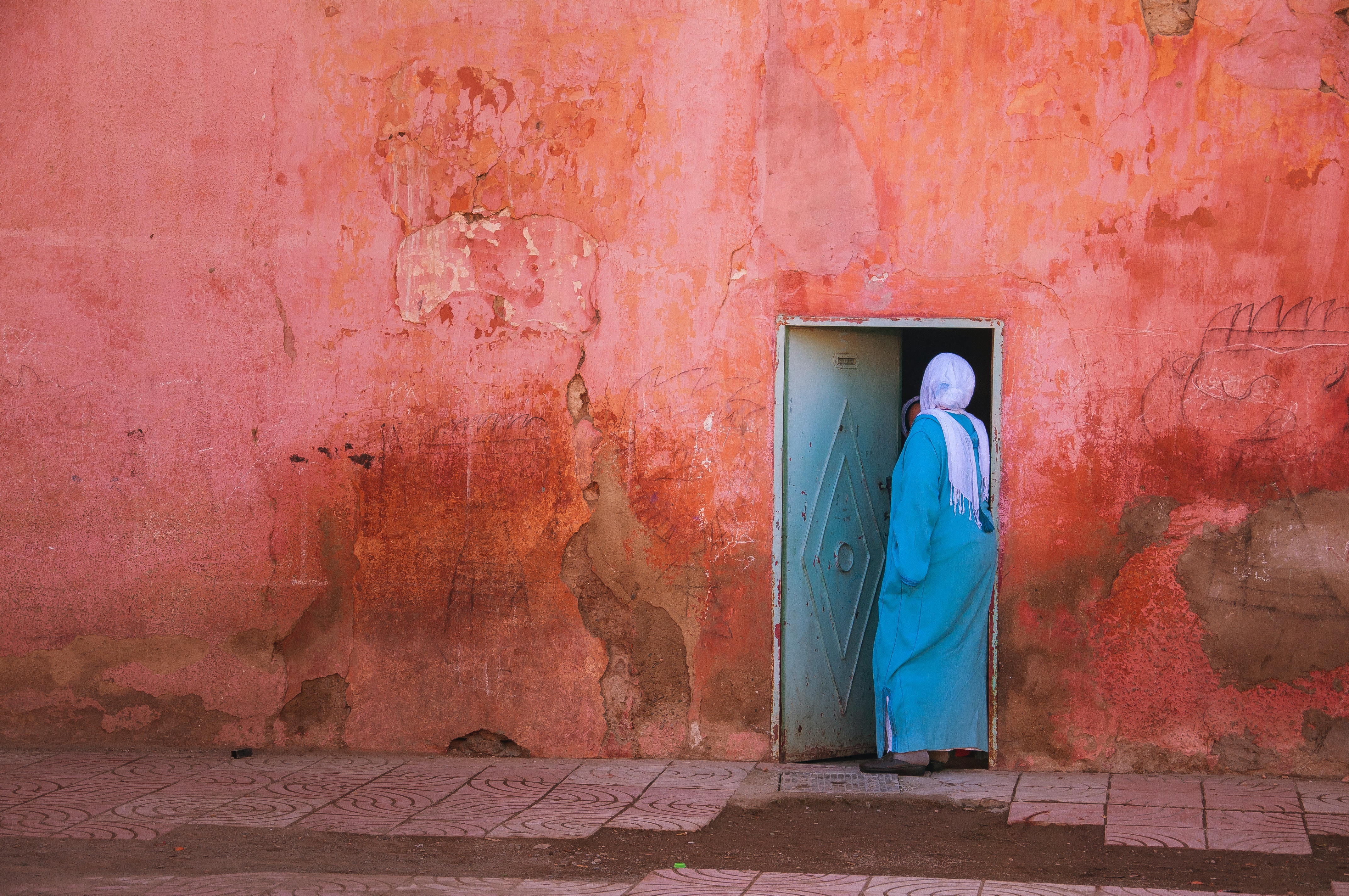
In the Atlas Mountains and remote villages, traditional building techniques endure. Here, sustainability is a way of life. Locally sourced materials such as clay, straw, and wood form the basis of construction. These buildings are not only environmentally friendly but also naturally adapt to Morocco's extreme climate.
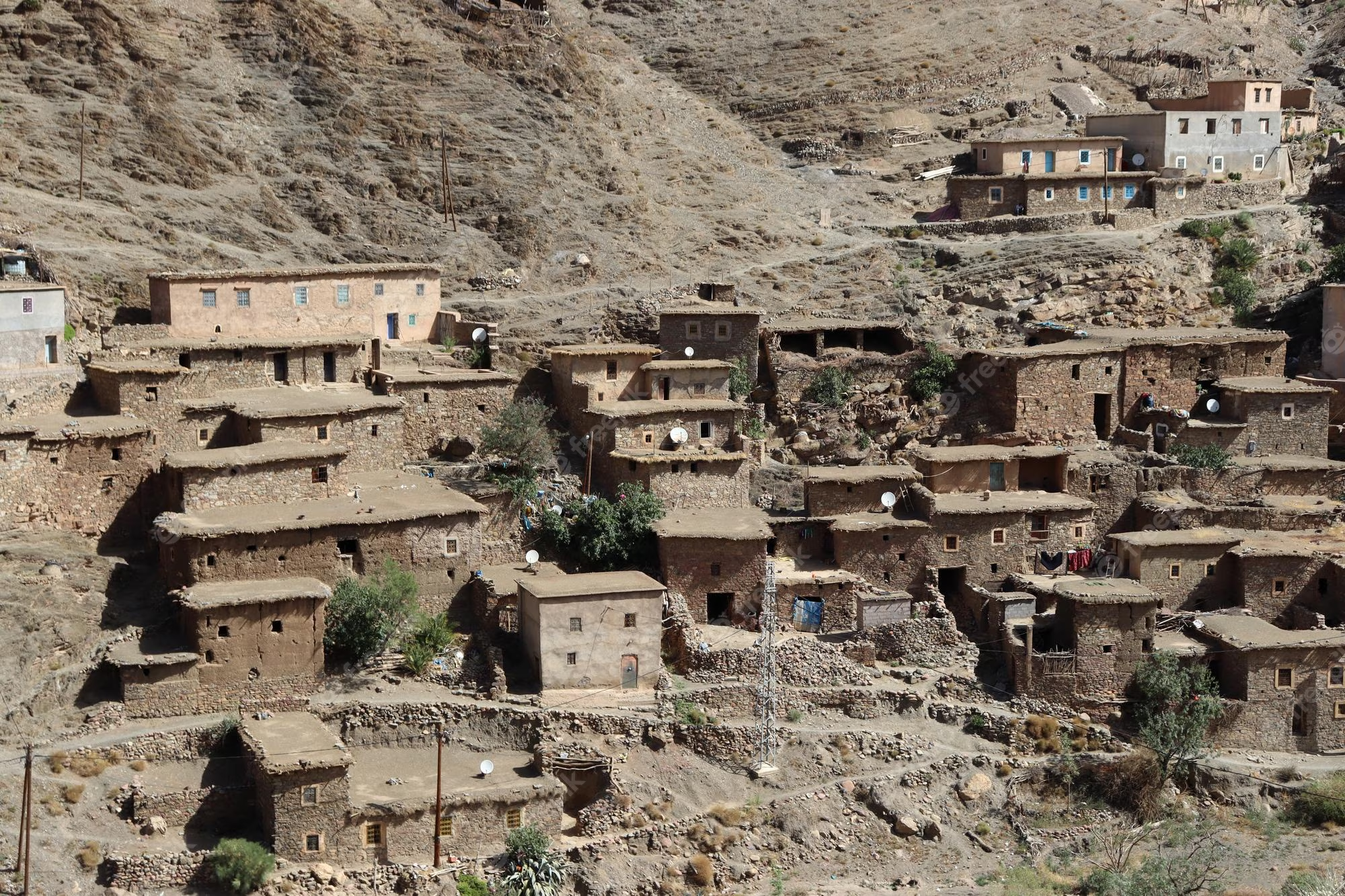
Sustainable Architecture
Moroccan architecture has long embraced sustainability. Using locally sourced materials ensures minimal environmental impact, and the buildings are designed to maximize energy efficiency. Thick walls keep interiors cool in the sweltering heat, and intricate latticework permits ventilation while maintaining privacy.
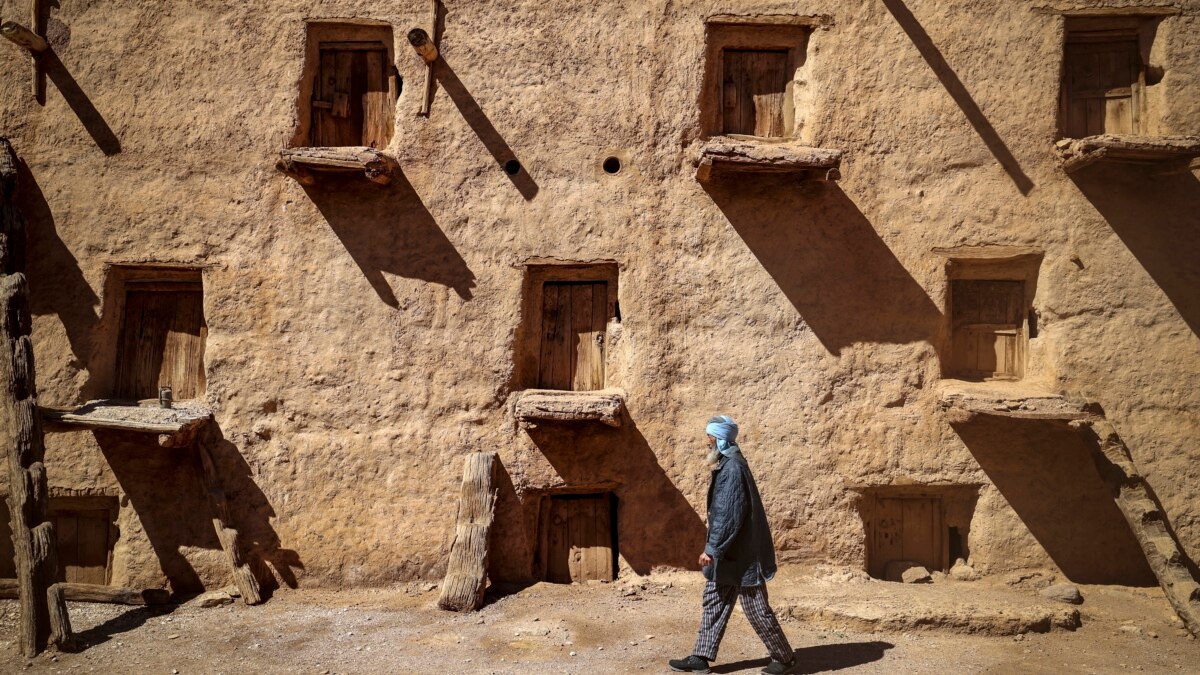
Beyond its practical aspects, Moroccan architecture is deeply intertwined with the nation's culture and traditions. It often incorporates Islamic geometric patterns and Arabic calligraphy, turning buildings into artistic masterpieces. Moreover, architecture plays a crucial role in Moroccan society, with homes and communal spaces reflecting the values of hospitality, community, and family.
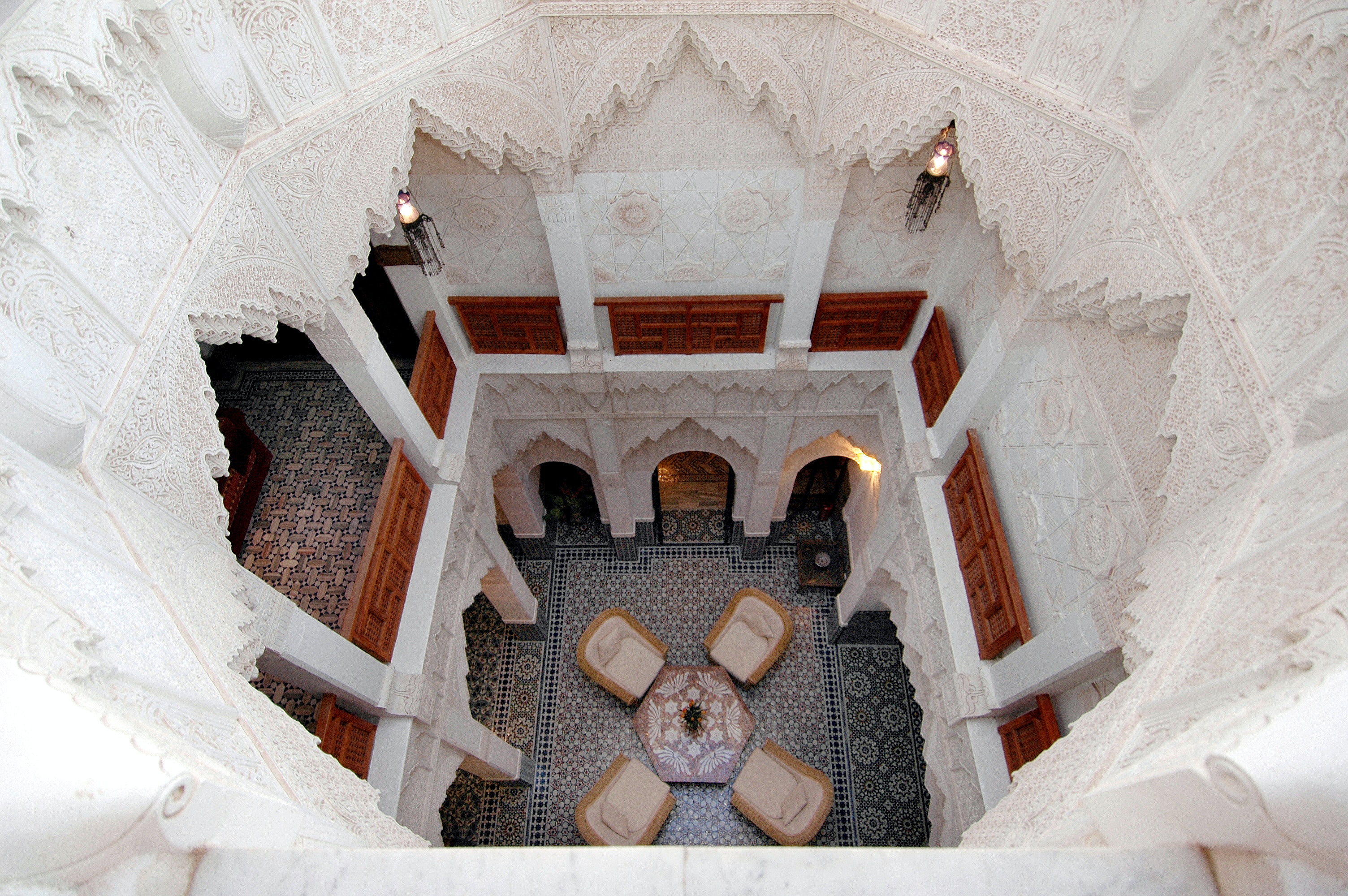
Impacts of Modernization
As Morocco modernizes, there's a growing push to balance preservation with development. While contemporary buildings and infrastructure are essential for progress, there's a concerted effort to protect and restore historic sites. Many local communities understand the economic value of their architectural heritage and are actively involved in its preservation.
Thus, Moroccan architecture is a story woven from history, culture, tradition, and sustainability. Its influences and styles are as diverse as the nation's, with each building telling a unique tale. As Morocco continues to evolve, it does so with a deep appreciation for the architectural treasures that define its past and guide its future.
The Artistry of Moroccan Artisans in Architecture
Morocco's architectural beauty extends beyond the designs envisioned by architects; it lies in the intricate details, ornate motifs, and lavish decorations that adorn its buildings. At the heart of this embellishment are the skilled Moroccan artisans whose craftsmanship has been pivotal in shaping the nation's architectural identity.
Plasterwork Masterpieces
One of the most striking features of Moroccan architecture is its plasterwork, often referred to as "gypsum" or "stucco" carving. This art form involves creating exquisite geometric patterns, arabesques, and calligraphy on walls, ceilings, and niches. The artisans who specialize in plasterwork are known as "naqqash."
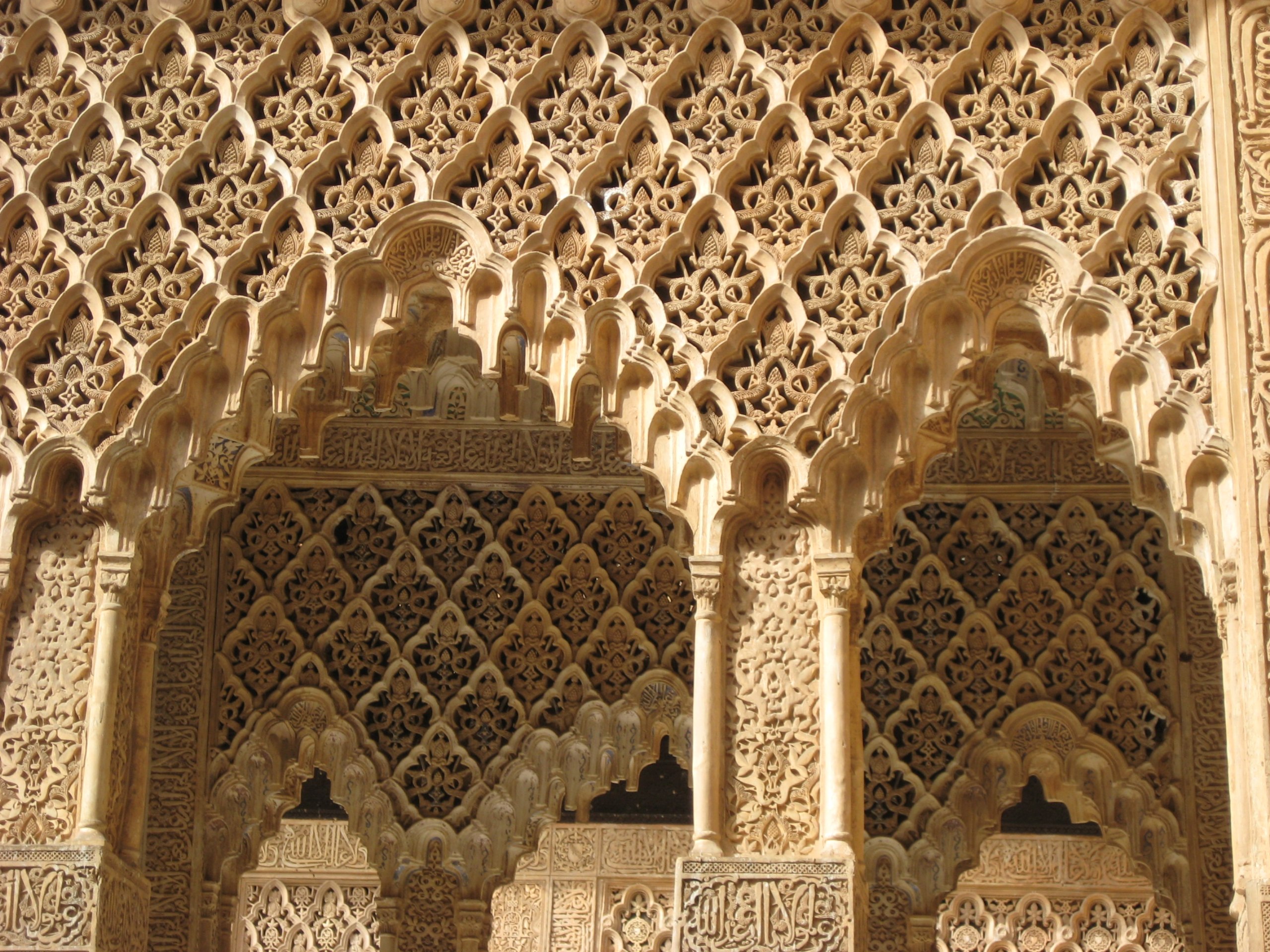
Moroccan plasterwork is a testament to these artisans' remarkable precision and creativity. Their work transforms ordinary surfaces into masterpieces of art and design, infusing spaces with an enchanting blend of symmetry and complexity. The intricate patterns often draw inspiration from Islamic geometry and nature, creating a sense of harmony and serenity.
Zellige Mosaic Magic
Zellige, the mesmerizing mosaic tilework that graces Moroccan architecture, is another testament to the artisanal excellence of the country. Zellige tiles are meticulously handcrafted, cut into small, precisely shaped pieces, and assembled to form breathtaking geometric patterns and kaleidoscopic designs.

Artisans known as "maalems" are the guardians of this centuries-old tradition. Their expertise lies in the intricate art of cutting, shaping, and arranging these tiny tiles into intricate patterns. Zellige tiles' vibrant colors and hypnotic geometric compositions infuse Moroccan architecture with a unique sense of vibrancy and depth.
Calligraphy as Ornamentation
Arabic calligraphy, revered as a form of art and a means of conveying religious and poetic messages, often graces the walls and facades of Moroccan buildings. Talented calligraphers, known as "khattats," use brush strokes to inscribe verses from the Quran, proverbs, and poetic verses onto various surfaces.
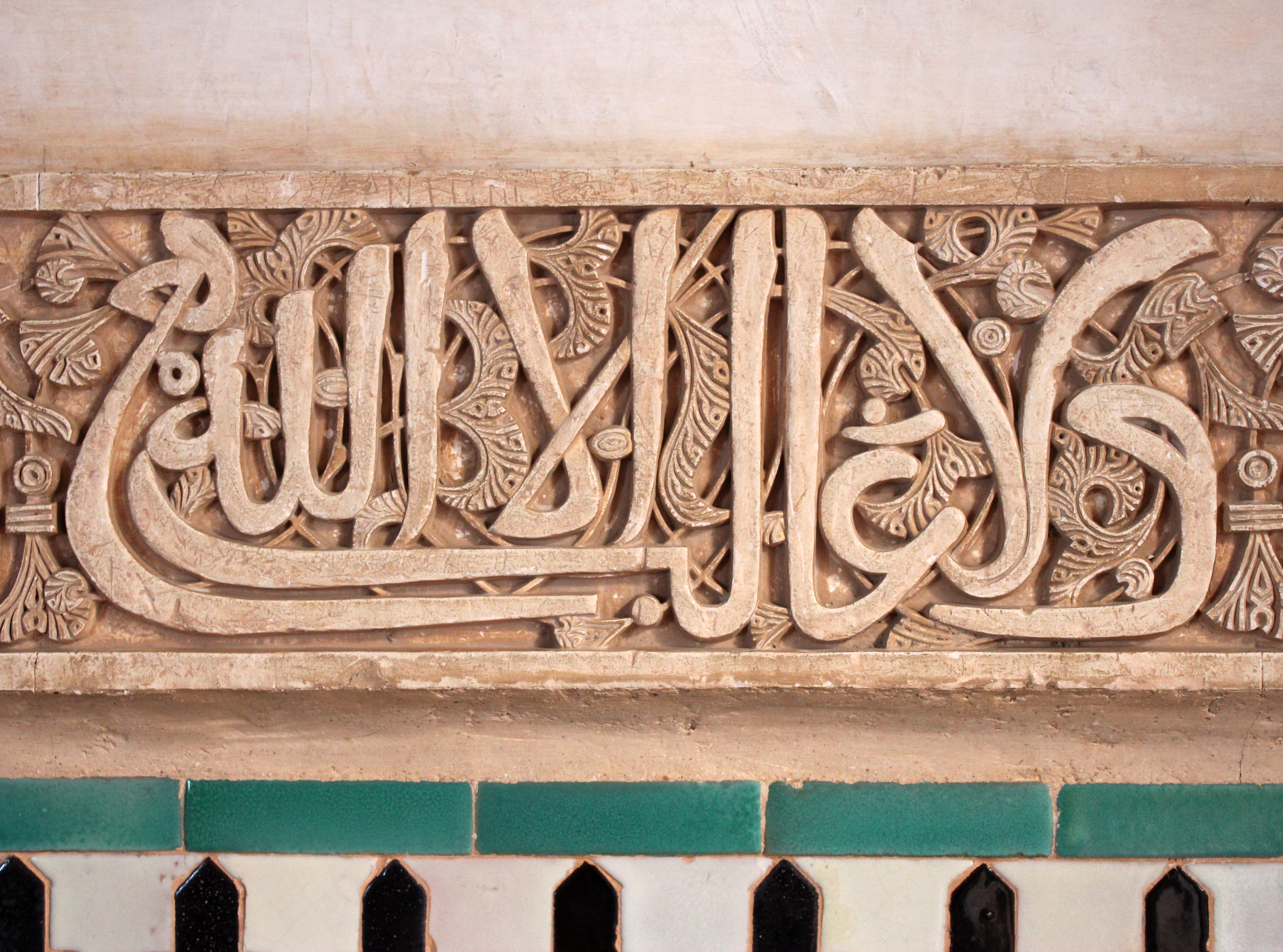
The fusion of calligraphy and architectural design elevates these edifices beyond mere structures; they become expressions of faith, culture, and beauty. Calligraphy imparts a spiritual dimension to Moroccan architecture, infusing it with profound meaning and significance.
Cultural Significance
Artisanal craftsmanship is deeply interwoven with Morocco's cultural fabric. The skills passed down through generations have preserved the rich heritage of decorative arts, ensuring their continuation in contemporary construction projects. These artisans are not just creators but also custodians of Morocco's cultural identity.
Their work, whether in the form of plasterwork, Zellige, or calligraphy, pays homage to the country's Islamic traditions, reverence for nature, and poetic soul. Each design and pattern tell a story, and each stroke of the artisan's brush or chisel reflects their dedication to preserving Morocco's artistic legacy.
Artisans Across Continents: Crafting a Moroccan Oasis at The MET
Moroccan artisans from the historic city of Fes embarked on a remarkable journey to New York City to recreate their intricate craftsmanship at the Metropolitan Museum of Art (MET). This extraordinary endeavor spanned several months as the artisans dedicated themselves to preserving the authenticity of Moroccan craftsmanship. They adhered to traditional methods passed down through centuries, ensuring the artistry remained faithful to its rich and time-honored heritage. It was a testament to the global recognition of Morocco's rich artisanal heritage. The artisans meticulously crafted and assembled a stunning replica of a traditional Moroccan courtyard within the museum, complete with ornate plasterwork, Zellige mosaic tiles, and calligraphy. Their work not only showcased the exquisite artistry of Fes but also offered visitors an immersive experience of Moroccan culture in the heart of Manhattan. This collaboration between Moroccan artisans and The MET served as a bridge between continents, celebrating the enduring legacy of Moroccan craftsmanship and its profound impact on the world of art and architecture.
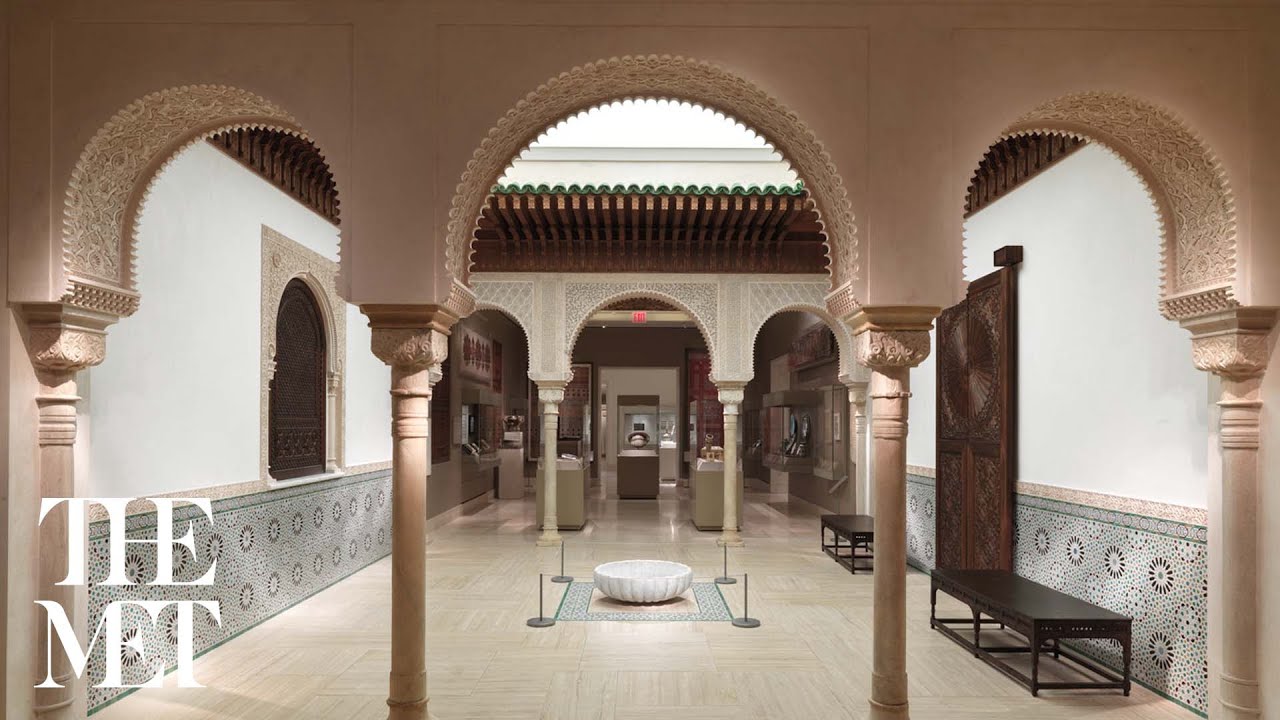
Moroccan artisans are the unsung heroes behind the shining facades of the Kingdom's buildings. Their meticulous craftsmanship, passed down through generations, adds depth, character, and cultural significance to Moroccan architecture. These artisans are the guardians of Morocco's artistic heritage, ensuring it continues flourishing and enchanting for generations.

